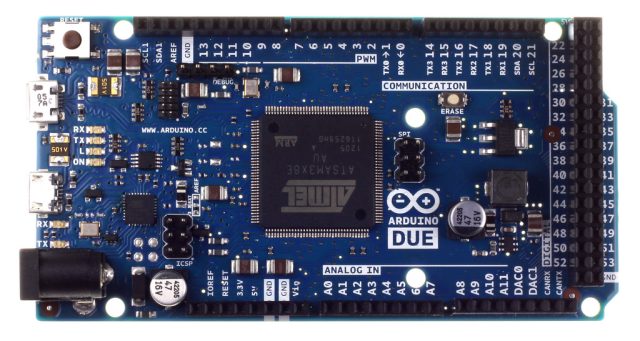
Raspberry Pi has received the lion’s share of attention devoted to cheap, single-board computers in the past year. But long before the Pi was a gleam in its creators’ eyes, there was the Arduino.
Unveiled in 2005, Arduino boards don’t have the CPU horsepower of a Raspberry Pi. They don’t run a full PC operating system either. Arduino isn’t obsolete, though—in fact, its plethora of connectivity options makes it the better choice for many electronics projects.
While the Pi has 26 GPIO (general purpose input/output) pins that can be programmed to do various tasks, the Arduino DUE (the latest Arduino released in October 2012) has 54 digital I/O pins, 12 analog input pins, and two analog output pins. Among those 54 digital I/O pins, 12 provide pulse-width modulation (PWM) output.
Read 64 remaining paragraphs | Comments


